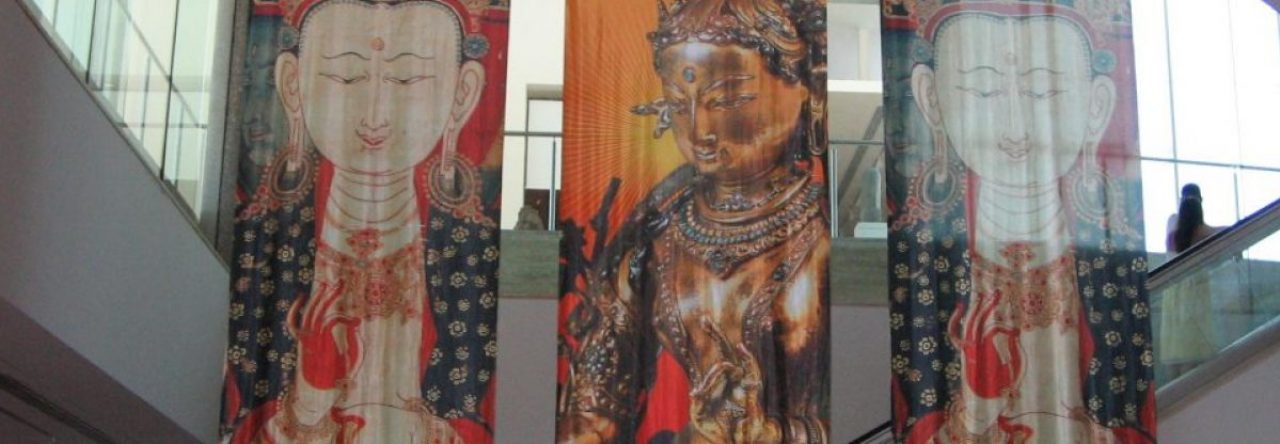I recently met someone who was upset that my language reflected what he called the body-mind dualism. He was against talking about mind and body. When I talk about mind, I am referring to a different kind of experience than when I talk about body, however. The words ‘point back’ to different spheres of experiencing.
The so-called “dualism problem” isn’t one at all, of course. It’s a matter of frames of reference really, referring back to the implicit field that gives rise to experiencing; experiencing (vijnana = consciousness) itself is a bubble on the ocean of tacit knowledge. David Bohm, a quantum physicist, makes a comment that points back to ‘where’ the body and mind arise:
“Evidently this kind of tacit knowledge is very important in every phase of life. In fact, without tacit knowledge ordinary knowledge would have no meaning. In fact, when we talk, most of the meaning is implicit or tacit. And also the action which flows from it is implicit or tactit. In fact, even to talk or to think – although thinking may be explicit as it forms images – the actual activity of thinkikng is tacit. You cannot say how you do it. If you want to walk across the room, you cannnot say how it comes about, right? It unfolds tacitly.
On the basis of all of this I would then propose for further ddiscussion the notion that both mind and matter are ultimately in implicate orders, and that in all cases explicate orders emerge as relatively autonomous, distinct and independent objects, entitites and forms, which unfold from the implicate orders. This means that the way is opened up for a world view in which mind and matter may consistently be related without adopting a reductionist position.
Here we may say that mind and matter both have reality, or perhaps that they both arise from some greater common ground, or perhaps they are not really different. Perhaps they interweave. The main point, though, is: because they both have the implicate order in common, it is possible to have a rationally comprehensivle relationship between them.”
I’d suggest that it can’t be determined whether they are the same, different or both. However, we can experience and ground ourselves in what they have in common – the implicit order.
